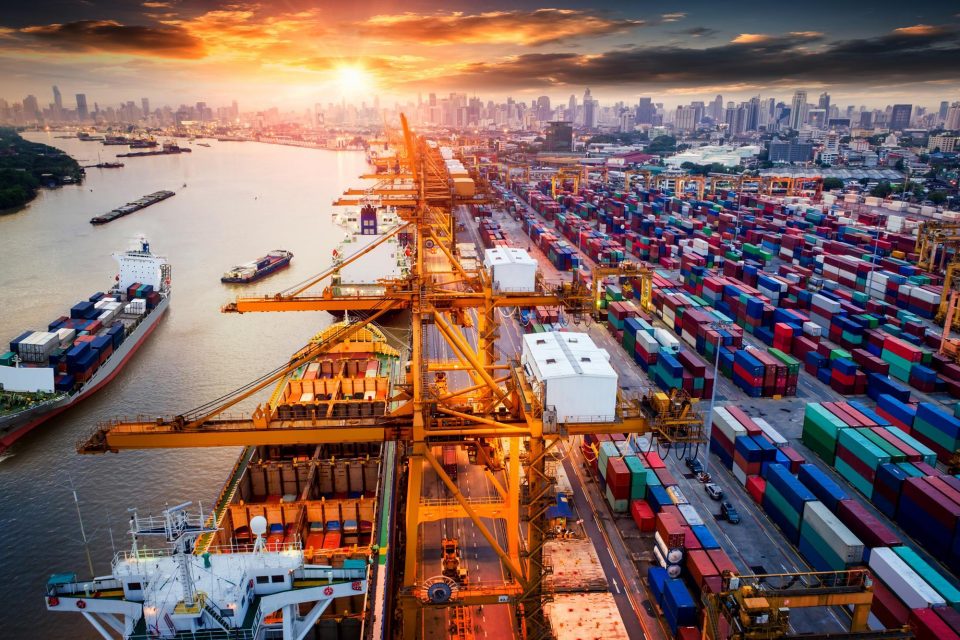As fear and uncertainty arising from the pandemic spread, supply chains are being tested to the limit.
Demand and supply shocks
On the demand side, consumers’ emotional responses are fuelling unprecedented demand.
Grocery retailers are seeing demand increases of upwards of 25% – a spike normally only experienced during the Christmas holidays. They are having to respond immediately, in marked contrast to the months of planning that would normally precede a predictable surge.
And, on the supply side, regions and countries that are in normal times the source of a large proportion of goods in the supply chain have been – or are – under quarantine, creating significant instability.
Volatile, uncertain, complex and ambiguous
All in all, the pandemic has highlighted that today’s global supply chains are characterised by four qualities: volatile, uncertain, complex and ambiguous.
“Having a view of the whole supply chain is essential because it can look beyond the specific parts of the system where challenges are arising”
And the best way to address these is through systems thinking that takes a holistic approach to the whole supply chain.
Having a view of the whole supply chain is essential because it can look beyond the specific parts of the system where challenges are arising and instead consider the entirety.
Rather than trying to manage individual parts of the chain, companies can use systems thinking to see how behaviour and networks change over time.
Holistic view + digital = greater resilience
Combining that perspective with digital technologies that integrate today’s supply chain, it is possible to create shared KPIs across different organisations so that the whole supply chain becomes less vulnerable to the disruptions created by political, social or environmental developments.
There are four key steps that retailers and consumer goods businesses should consider:
- Digital can enable a more distributed and trusted network that better equips retailers to respond to uncertainty about demand fulfilment. It can also help to automate key elements of the supply chain, reducing the dependency on people who may be unavailable owing to quarantine or social distancing requirements.
- Companies have integrated data to minimise inventory, but that provides little flexibility in today’s extraordinary circumstances. To cope with a demand spike caused by panic buying, excess inventory may be needed. Retailers need to centralise procurement strategy to give them the visibility they need to manage this.
- Contrary to recent supply chain trends, retailers and consumer goods businesses may have to drop their guard in order to share their data and collaborate with others to plan, forecast and replenish in order to optimise resources and reduce waste. Blockchain technologies can help create the trust required do this.
- And, finally, every decision and action taken to manage the disruptions created by Covid-19 should be seen as an opportunity to learn. Those lessons should help to improve the response to the current crisis and help prepare for the next – when and if it occurs.
Get a closer look at the anatomy of a resilient supply chain here.

Premankur Roy Paladhi is UK and Ireland industry digital solutions practice lead, retail and consumer goods, at Cognizant


